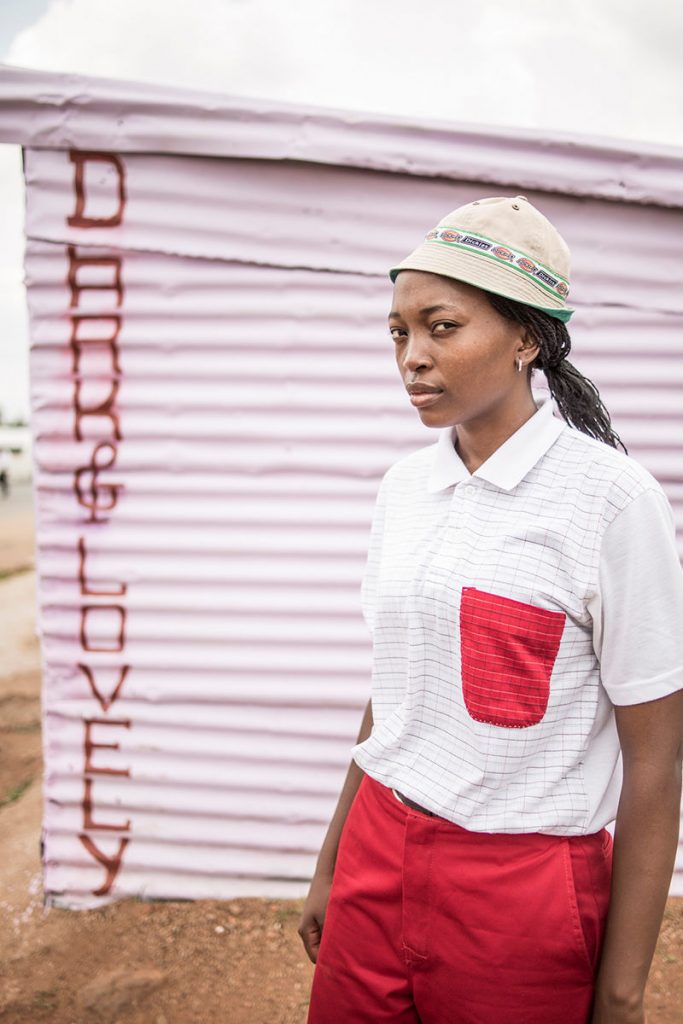UCLA’s Fowler Museum is a gem. You’re always sure to see an exhibit that’s unusual, revivifying and interesting.
The museum focuses on art and cultural artifacts from Asia, the Pacific, Africa and the Americas, both historical and contemporary. If you’re mad, as I am, for masks, totems, puppets, jewelry, carved tusks, retablos, ex-votos and Japanese emas (votive offerings), this is your place. In fact, the chance to see Ghanian artist El Anatsui’s “Versatility,” a huge rippling tapestry of dull gold made entirely from the strung-together metal necks of liquor bottles, is in itself worth a trip across town.
Exhibits called “How to Make the Universe Right: The Art of Priests and Shamans in Vietnam and Southern China” and “Lineage Through Landscape: Tracing Egun in Brazil by Fran Siegel” will soon begin.
“African-Print Fashion Now! A Story of Taste, Globalization and Style,” a current exhibit that explores fashion as a powerful means of expressing individual and collective identity, runs through July 30.
And through Sept. 3, you can catch “Pantsula 4 LYF: Popular Dance and Fashion in Johannesburg.” (LYF is an initialism for “Live Your Freedom.”) Pantsula began in Johannesburg townships during the apartheid.
Photographer Chris Saunders, whose work graces the exhibit, began taking pictures of pantsula dancers for the 2010 dance edition of Colors magazine. What started out as a two-month assignment transformed into a six-year pilgrimage.
“The guys are trying to spread a message of better living through the dance,” observed Saunders. “Everywhere you walk down a road, there’s kids playing, people dancing, people barbecuing … it’s got a vibe. It’s street culture.”
All members of a crew dress identically and the choice of attire is almost as important as the dance. Khakis, high-top sneakers, a soft cotton “bucket hat,” known among pantsulas as a sporti, are big, but each troupe develops its own distinctive look. One wears black pants, black shirts, white gloves and red hats, each topped by a black pompom. Another crew sports banana yellow short-sleeved sports shirts, maroon slacks, red sneakers and beige sportis lined with tennis court green.
Female pantsulas, formerly known as mshozos, dress alike and appear alongside the men.
Perusing Saunders’ photos, I realized how rarely we see a group of people in uniform who are not policemen, soldiers, armed guards or gang members. But one look at the irrepressible liveliness, grace and ease, generosity of spirit and joy conveys that pantsulas are friends, not foes.
“Pantsula” is a Zulu word meaning “walk like a duck,” but these dancers are sheer class: the razor-sharp crease in a pair of Dickies, the spotlessly clean sneakers, the brim of a hat turned up at just the angle to telegraph optimum spirit and maximum hope. One photo consists of a close-up of a pair of red Converse high-tops, the laces looped to the back and tied jauntily at the rear shin.
Originally influenced by 1930s American jazz, in more recent years pantsula has looked as well to hip-hop and break dancing. The dance is fast, syncopated, low to the ground. Vividly incarnational, it also incorporates many activities of daily life. The commentary notes: “The gesture of hailing a minibus is transformed into a dance that highlights the actions of raising one’s arm. The sound of spinning tires, which is frequently heard when young people take to the street to drift in their cars, is mimicked by the shuffling of feet that kicks up dust. Another dance move integral to pantsula references the motion of the body when one jumps from a moving train to a stationary platform.”
Pantsula is performed in public, among the hurly-burly of whizzing motorcycles, careening cabs and shouting street vendors. The number seven is important in pantsula culture, among other reasons, as a symbol of belonging.
Pantsula “equipment” consists of little more than tapping feet, snapping fingers, brooms, chairs and beer crates. Part of the fun of the videos is watching the onlookers: wide-eyed kids with their thumbs in their mouth, trying-to-look-nonchalant teenage girls and old folks bobbing their heads and smiling.
Pantsula dancers, no matter how seasoned, routinely practice many hours a week. The determination to make something from nothing; insistence on looking for what is good, useful and true in the midst of poverty and violence; well-deserved pride; and the fiendishly hard work inspire and awe.
“Pantsula is a journey,” said Joshua of Ezomdabu Young Entertainers, a Vosloorus-based crew. “Pantsula has a history, it is the culture of our forefathers. We started digging it up and following it until we are here. And we see ourselves growing. We are growing every minute, every second, every hour, every day, every week, every month with this pantsula culture.”
Or as Thebogang of Sebokeng Townships’s City Boyz put it, “Pantsula is a dance — it’s my life, my joy. It shows the way I live.”
Heather King is a blogger, speaker and the author of several books.

